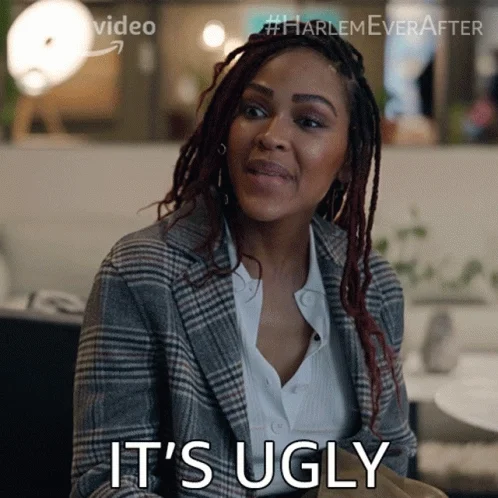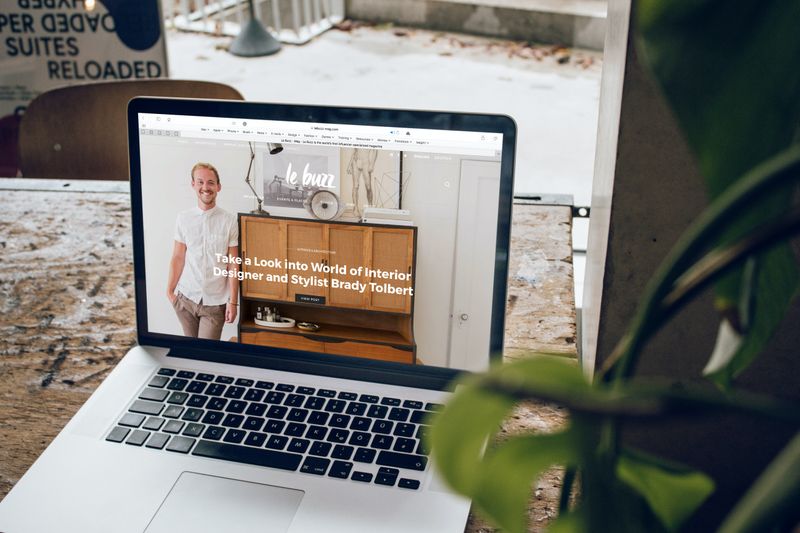
This logo isn't an ad or affiliate link. It's an organization that shares in our mission, and empowered the authors to share their insights in Byte form.
Rumie vets Bytes for compliance with our
Standards.
The organization is responsible for the completeness and reliability of the content.
Learn more
about how Rumie works with partners.
Imagine you're a web designer — the best of the best — and someone on your team created the most hideous icons you've ever seen in your life.
Instead of trashing the icons and calling them ugly, you provide the person on your team with feedback that helps them turn their icons into masterpieces.

During an interview, if someone asks, "Are you comfortable providing negative feedback?" you can respond with your approach that turned negative feedback into something constructive.
How to lay out your answer
Using the STAR method during an interview can help you create a clear structured story with a clear conflict and resolution.

STAR stands for:
Situation
Task
Action
Result
Situation
Think of a time when you had to provide negative feedback.
Example:
When I worked at Acme Inc., the company was doing a brand refresh and they wanted to launch an updated website.
 Photo by Le Buzz Studio on Unsplash
Photo by Le Buzz Studio on UnsplashDid you know?
You can focus on a situation that resulted in your feedback being constructive rather than negative or hurtful.
Task
Now provide more details about your role in the situation and why this task was challenging.
Example:
I was the design lead for the website and we hired a contractor to create icons for the pages, but the icons didn't meet our brand standards.
 Photo by Harpal Singh on Unsplash
Photo by Harpal Singh on UnsplashAction
Now describe what you had to do in the situation. Be specific and explain what you did when providing the feedback.
Example:
I set up a 1:1 meeting with the contractor to go over our brand guidelines. I went over the need-to-know info and provided additional resources. I let the contractor know that I'd be happy to answer future questions.
 Photo by charlesdeluvio on Unsplash
Photo by charlesdeluvio on UnsplashQuiz
What's the best example to describe your actions when providing constructive feedback?
Giving someone constructive feedback privately and in person rather than in a group setting or in writing only can make the situation more comfortable. By explaining the situation like this, the interviewer can learn how you use empathy in difficult situations.
Result
Lastly, go over the result that came from your feedback. Again, be specific and include tangible metrics or outcomes.
Example:
In the end, the contractor appreciated the extra guidance and referenced the brand standards to update the icons. The website turned out great and we got stellar reviews from 50 visitors during the first two weeks after launching.
 Photo by Patti Black on Unsplash
Photo by Patti Black on UnsplashTake Action

Now think of a STAR example that you could share during an interview:
This Byte has been authored by
Jagvir Brar
User education at Slack